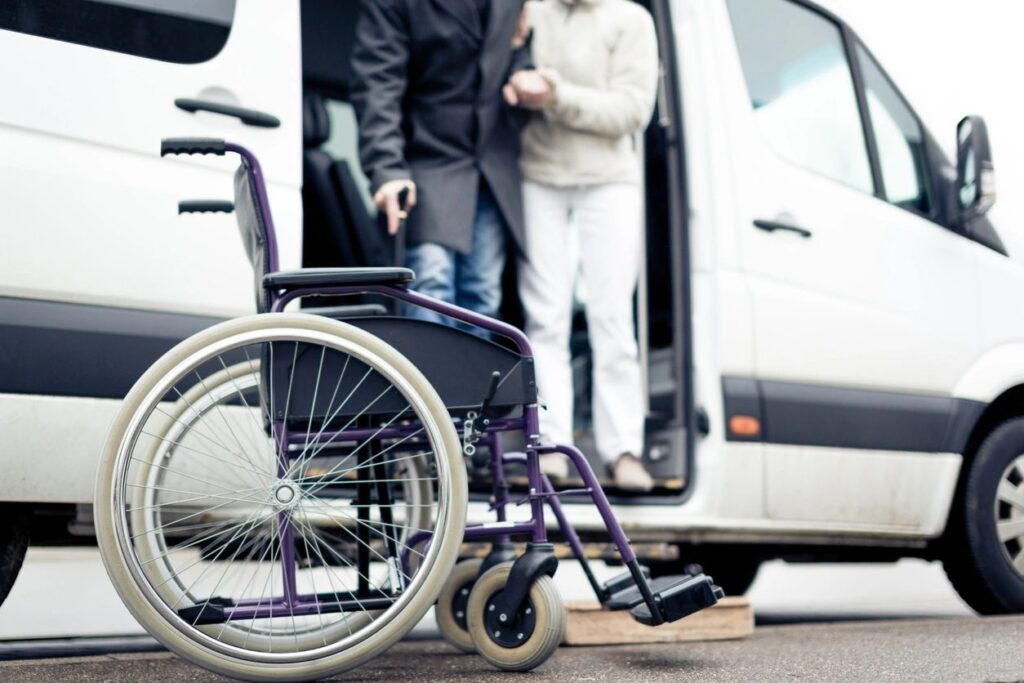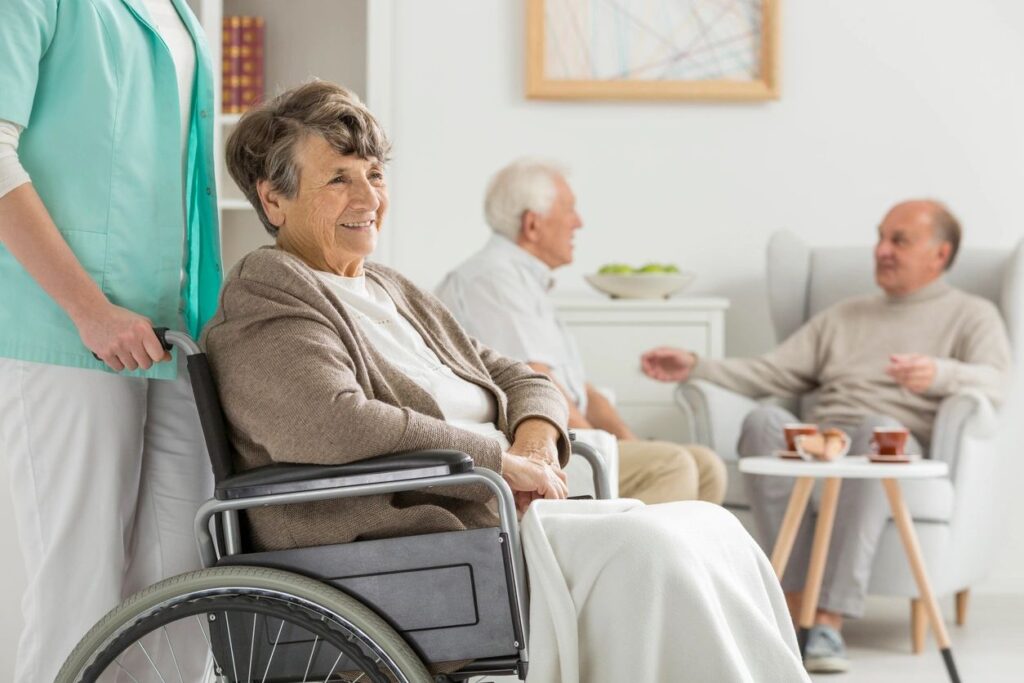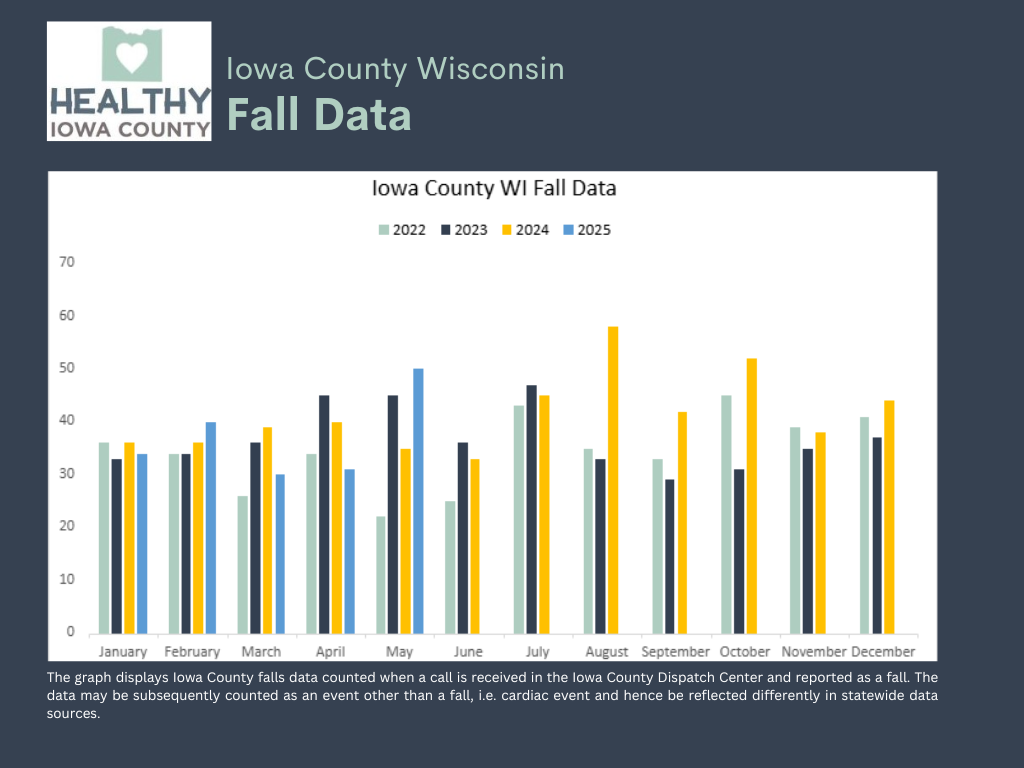


Why is Aging Concerns a priority area?
Iowa County residents are aging. There are health implications to an older community including the need for more health care services, senior living options, and programs and services that address social isolation and loneliness. Those over the age of 65 have a higher rate of utilization of health services. As residents age, their need for housing options (assisted living, long term care, memory care) increase. Older adults in many cases don’t drive, limiting access to services. Older adults have a higher rate of social isolation and loneliness due to the death of friends, families leaving the community (especially in rural areas), and limited transportation services. There are fewer social opportunities in most rural communities.
Facts:
Goal: Reduce Falls by Increasing Awareness – Help us Help You Stay Safe in Your Home.
Objectives:
- By November 1, 2023, determine data we currently collect and data we desire collecting to facilitate the identification of the contributors to falls and associated process improvements.
- By December 15, 2023, define a plan to address gaps in the referral process to connect those in need to resources.
- By December 31, 2024, decrease the number of repeat emergency response calls to clients who continue to fall and call 911 by 10%.
- By December 31, 2024, increase the number of events, posts, awareness opportunities to provide information and awareness regarding falls prevention.
Strategies:
- Identify our baseline number of emergency response calls through exploring/specifying who is (or could) track statistics. Measure the impact of the program and help determine where adjustments need to be made.
- Investigate and determine a tool to streamline the referral process.
- Develop a referral form/system between EMS and ADRC.
- Identify numbers and brainstorm on specific events and awareness opportunities.


Resources:
- Tips to Prevent Falls and Stay Independent as You Age
- Healthy Iowa County Falls Prevention Flyer
- EMS After-Visit Summary
- Caregiver Support Groups
- Wisconsin Institute for Healthy Aging
- Wisconsin Coalition to End Social Isolation and Loneliness (WCESIL)
- Life Span- Division of Extension
- Upland Hills Health-Social and Wellness Guide
- Dementia Support Services | Agrace | Find Care at Agrace




